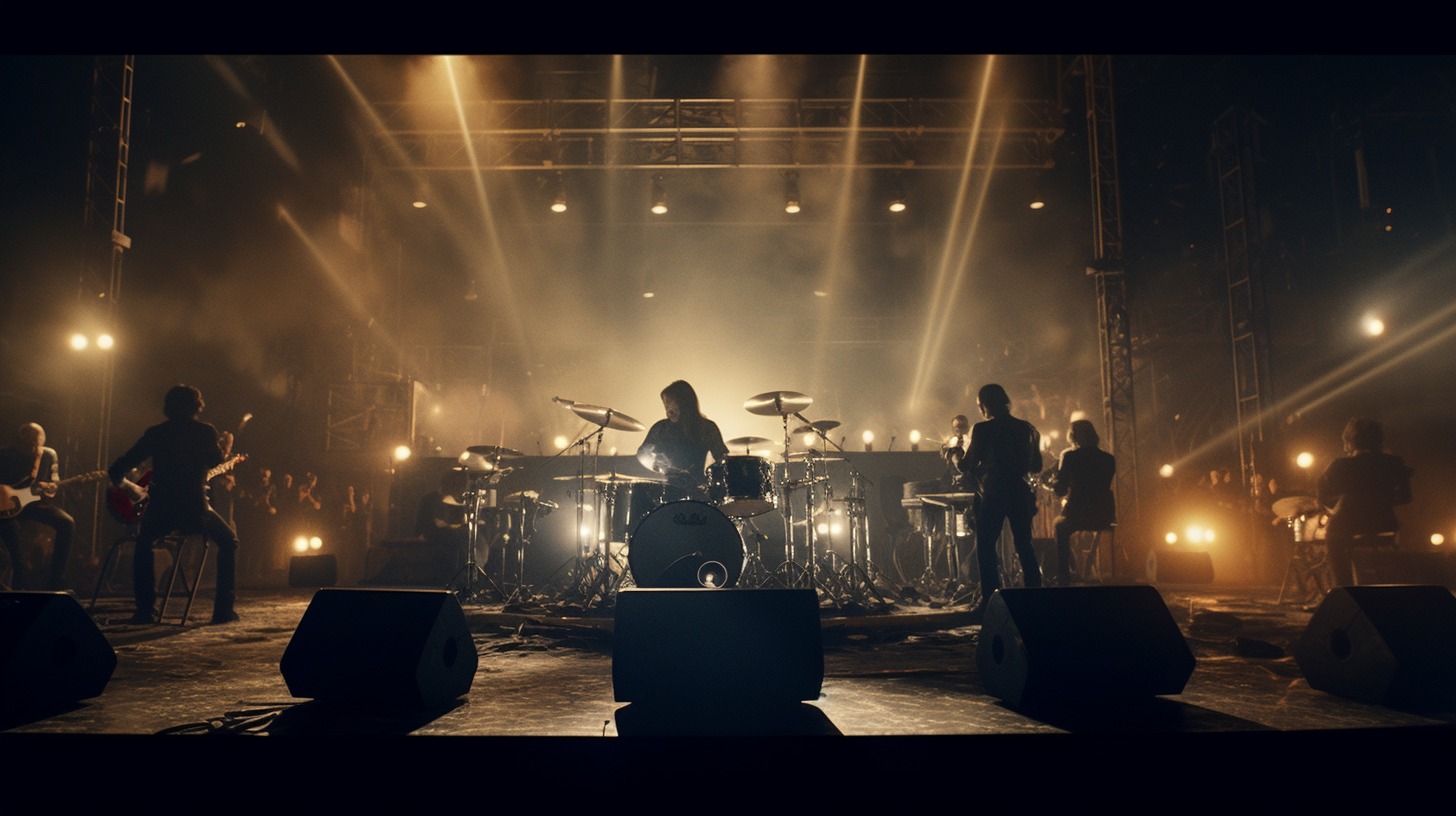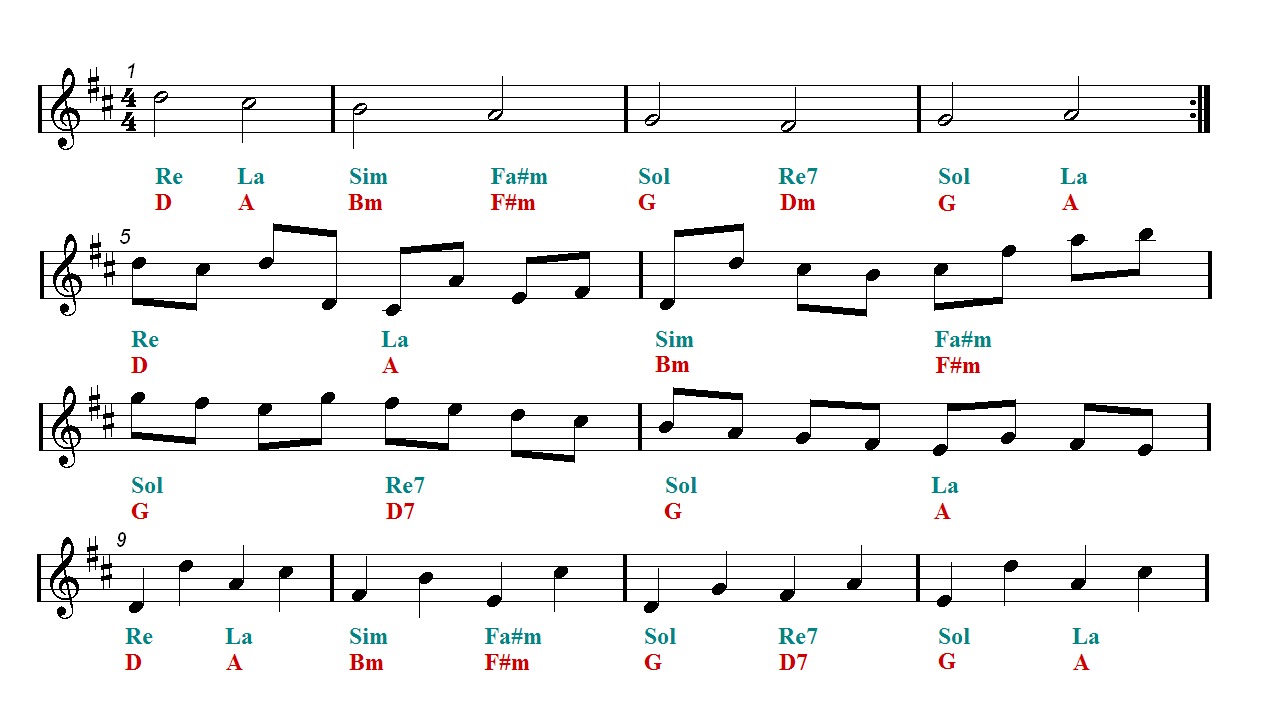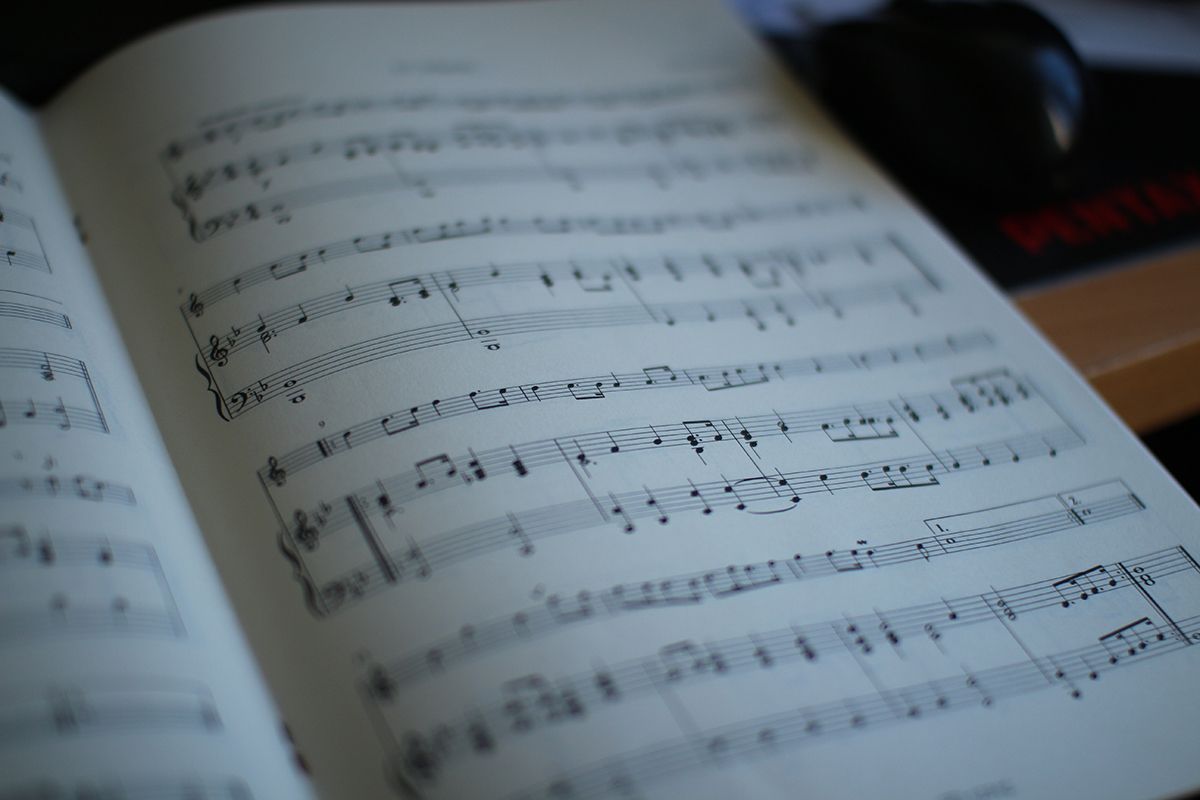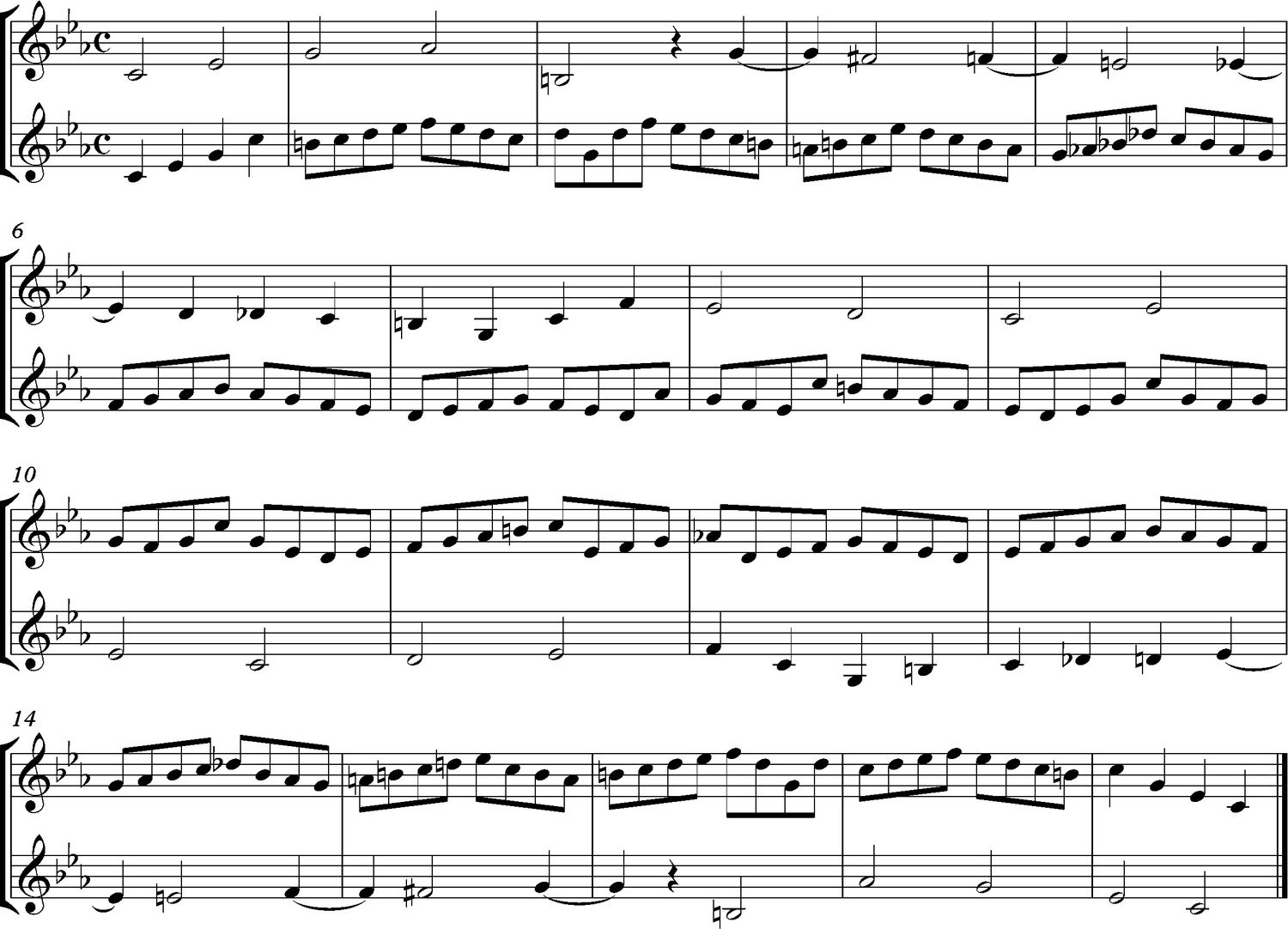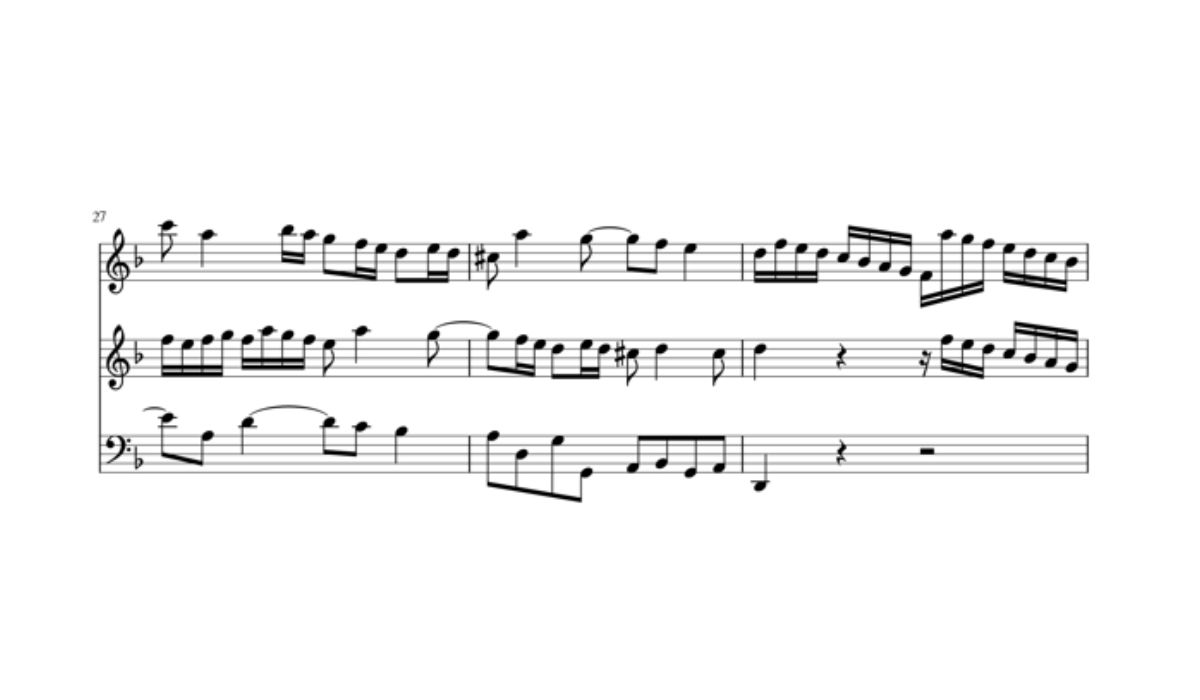Home>Production & Technology>Music Theory>What Is Time Signature In Music Theory
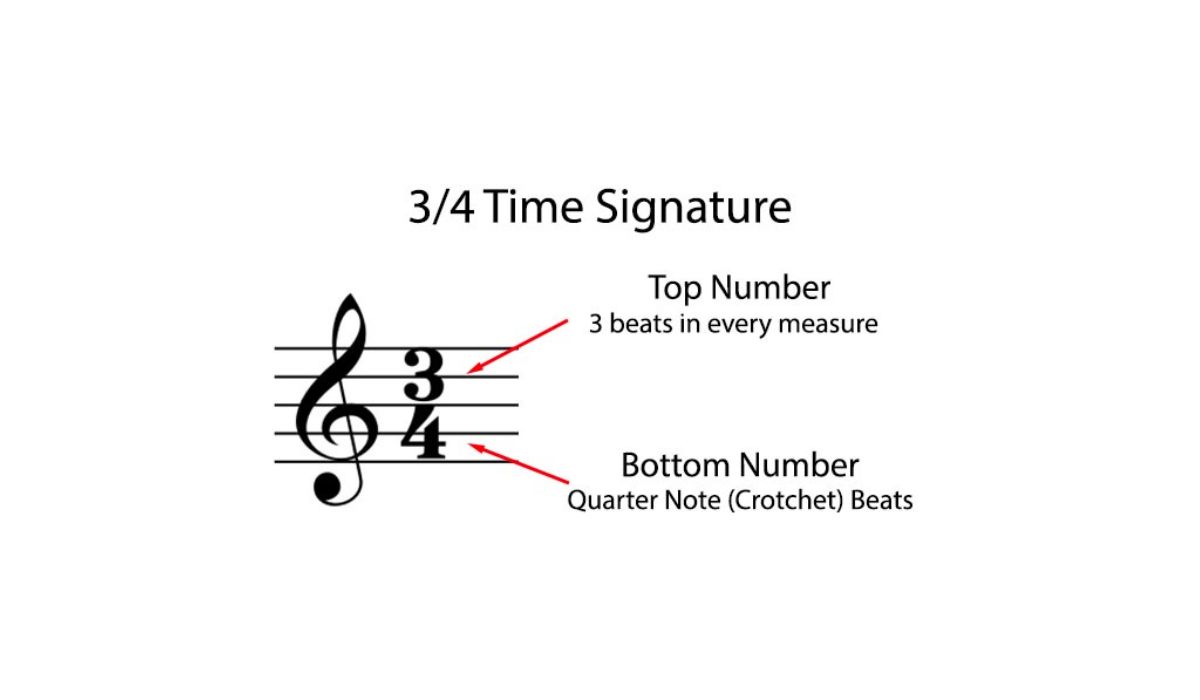

Music Theory
What Is Time Signature In Music Theory
Published: January 29, 2024
Learn the concept of time signature in music theory and its importance in understanding rhythms and beats. Explore how music theory plays a crucial role in creating harmonious compositions.
(Many of the links in this article redirect to a specific reviewed product. Your purchase of these products through affiliate links helps to generate commission for AudioLover.com, at no extra cost. Learn more)
Table of Contents
Introduction
Music theory is an essential component of understanding and appreciating the art of music. Among the various aspects of music theory, time signature plays a fundamental role in defining the rhythmic structure of a musical piece. Time signature is a notation that indicates the number of beats in each bar and the type of note that receives the beat.
Understanding time signatures is crucial for musicians, composers, and music enthusiasts alike. It provides a framework for interpreting and performing music accurately, and it helps us analyze and appreciate the rhythmic complexities of different musical genres.
In this article, we will delve into the world of time signatures, exploring their components, the various types of time signatures, and their significance in music theory. Whether you are a beginner musician looking to grasp the basics or a seasoned musician seeking to deepen your knowledge, this article will serve as a comprehensive guide to understanding time signatures.
So, let’s embark on this musical journey and unravel the intriguing mysteries of time signatures!
Definition of Time Signature
The time signature in music notation is represented by a fractional-like symbol appearing at the beginning of a musical score or staff. It consists of two numbers stacked vertically, with the top number called the numerator, and the bottom number, the denominator.
The time signature defines the meter or rhythm of a musical composition. The numerator indicates the number of beats present in each measure or bar, while the denominator specifies the type of note that represents one beat.
For example, in the common time signature 4/4, the top number tells us that there are four beats in each measure, and the bottom number indicates that a quarter note represents one beat. Therefore, in each 4/4 measure, we could have four quarter notes, or their equivalent in other note values, such as two half notes or eight eighth notes.
It’s important to note that the time signature is not an indication of the tempo or speed of the music. It solely focuses on the rhythmic structure and grouping of beats within a piece.
By understanding and interpreting the time signature correctly, musicians can accurately count the beats, establish a steady rhythm, and maintain cohesion with other performers. It serves as a roadmap, guiding musicians through the rhythmic complexities and ensuring a synchronized performance.
Components of a Time Signature
A time signature is composed of two main components: the numerator and the denominator. These components work together to define the rhythmic structure of a musical piece.
The numerator, the top number in the time signature, indicates the number of beats present in each measure or bar. It tells us how many beats are grouped together before the pattern repeats. For example, in a 4/4 time signature, the numerator is 4, indicating that there are four beats in each measure.
The denominator, the bottom number in the time signature, determines the type of note that represents one beat. It represents the beat unit or the note duration that receives a single count within each measure. Common denominator numbers include 2, 4, 8, and 16. The most common denominator is 4, indicating that the quarter note represents one beat. Other examples include 2/2, where the half note receives one beat, or 6/8, where the eighth note receives one beat.
Together, the numerator and denominator form a fraction-like symbol that defines the rhythmic pattern and structure of the piece. For instance, a 3/4 time signature means there are three beats per measure, with the quarter note representing one beat.
It’s important to note that the time signature applies to the entire piece unless indicated otherwise. Once established, it provides musicians with a consistent framework for interpreting and performing the music.
Understanding the components of a time signature is crucial for musicians as it allows them to count and keep track of the beats, helping establish a steady rhythm. It serves as a vital tool for musicians to communicate and collaborate effectively, ensuring a synchronized and cohesive performance.
Numerator
The numerator is the top number in a time signature, and it represents the number of beats present in each measure or bar. It indicates how many beats are grouped together in a rhythmic pattern before the pattern repeats.
The numerator provides a sense of the musical pulse and establishes the basic rhythm of a composition. It tells us how many beats to count before moving on to the next measure. For example, in a 4/4 time signature, the numerator is 4, indicating that there are four beats in each measure.
The choice of numerator can greatly influence the rhythmic feel and character of a piece. Different numerators create different rhythmic patterns and groupings, leading to distinct musical phrases and accents. A time signature with a numerator of 2, such as 2/4 or 2/2, often has a faster and more lively feel, while a numerator of 3, as in 3/4 or 3/8, gives a waltz-like, more flowing sensation.
It’s important to remember that the numerator does not necessarily dictate the number of notes or rests within each measure. It solely represents the number of beats and provides a framework for rhythmic organization. The actual number of notes and rests in a measure can vary, depending on the specific rhythms and melodies present in the music.
By understanding and interpreting the numerator correctly, musicians can effectively count the beats, establish a consistent pulse, and maintain a steady rhythm throughout a composition. It serves as a fundamental component of reading sheet music and allows musicians to synchronize their playing with other performers in an ensemble setting.
Denominator
The denominator is the bottom number in a time signature, and it represents the type of note that receives one beat within each measure. It determines the duration or length of each beat and helps establish the rhythmic structure of a musical piece.
The denominator provides a reference point for the note values used in a composition. It indicates the beat unit or the note duration that is assigned one count within each measure. The most common denominator is 4, which means that the quarter note receives one beat, and other note values are derived in relation to this beat unit.
For example, in a 4/4 time signature, the denominator is 4, indicating that a quarter note receives one beat. This means that in each measure, four quarter notes can fit, or their equivalent in other note values, such as two half notes, eight eighth notes, or one whole note.
Other common denominator numbers include 2, 8, and 16, which represent the half note, eighth note, and sixteenth note as the beat unit, respectively. These denominators are often used in specific time signatures to convey different rhythmic concepts and provide a unique rhythmic feel.
It’s important to note that the denominator does not affect the number of beats in each measure. The number of beats is determined by the numerator. Instead, the denominator defines the relative length of each beat and the note values used to subdivide the beats.
By understanding the denominator, musicians can interpret the rhythmic structure of a composition and accurately assign the appropriate note values to each beat. It assists in maintaining a consistent tempo, coordinating with other musicians, and bringing out the desired rhythmic accents and phrasing.
Common Time Signatures
In music theory, there are several time signatures that are commonly used in various musical genres and styles. These time signatures serve as the foundation for the rhythmic structure of countless compositions. Let’s explore some of the most prevalent time signatures:
- 4/4 Time Signature: Also known as “common time,” 4/4 is one of the most common time signatures. It consists of four beats per measure, with the quarter note receiving one beat. This time signature provides a balanced and symmetrical rhythmic feel, and it is widely found in genres like pop, rock, and classical music.
- 3/4 Time Signature: This time signature consists of three beats per measure, with the quarter note representing one beat. It is commonly associated with waltzes and gives a flowing and graceful rhythm. Many traditional folk songs and dances are written in 3/4 time.
- 2/4 Time Signature: This time signature features two beats per measure, with the quarter note receiving one beat. It often conveys a quicker and more lively tempo and is frequently used in marches, polkas, and other energetic musical pieces.
- 6/8 Time Signature: In this time signature, there are six beats per measure, and the eighth note represents one beat. It has a compound feel, divided into two groups of three beats each, giving it a distinctive rhythmic pattern. 6/8 time is commonly found in Irish jigs, jazz waltzes, and certain Latin music styles.
- 5/4 Time Signature: This irregular time signature consists of five beats per measure, allowing for an asymmetrical feel. It can create a sense of tension and unpredictability in music. Progressive rock and jazz fusion are genres known for utilizing 5/4 time signatures.
These common time signatures provide a starting point for understanding and interpreting various musical compositions. However, there are countless other time signatures used in different genres and musical contexts, each contributing to the diverse and rich tapestry of rhythmic possibilities in music.
Simple Time Signatures
In music theory, Simple Time Signatures refer to time signatures in which the beat is subdivided into two equal parts. These time signatures are characterized by a sense of regularity and straightforward rhythmic grouping.
The most common example of a simple time signature is 4/4, also known as “common time.” In 4/4, the top number represents four beats per measure, and the bottom number signifies that the quarter note receives one beat. This time signature is prevalent in various genres, including pop, rock, and classical music.
Other examples of simple time signatures include:
- 2/4 Time Signature: With two beats per measure, and the quarter note representing one beat, 2/4 time is often associated with marches, polkas, and other lively musical styles. It provides a steady and energetic rhythm.
- 3/4 Time Signature: This time signature features three beats per measure, and the quarter note represents one beat. 3/4 time is commonly found in waltzes and gives a flowing and graceful rhythm. Many traditional folk songs and dances are written in 3/4 time.
- 6/8 Time Signature: In 6/8 time, there are six beats per measure, and the eighth note represents one beat. It is often used in genres like Irish jigs, jazz waltzes, and certain Latin music styles. The compound feel of 6/8 is divided into two groups of three beats each, providing a lively and groovy rhythm.
Simple time signatures, with their consistent and symmetrical rhythmic structure, serve as a foundation for many musical compositions. They are easily recognizable and provide a sense of stability and predictability, allowing musicians to establish a steady pulse and accurately perform the rhythms within a piece. Understanding and interpreting simple time signatures is essential for musicians of all levels, as it provides a fundamental framework for rhythmic organization and synchronization.
Compound Time Signatures
In music theory, Compound Time Signatures refer to time signatures in which the beat is subdivided into three equal parts. These time signatures introduce a sense of complexity and intricacy in rhythmic patterns.
The most common example of a compound time signature is 6/8. In 6/8 time, there are six beats per measure, and the eighth note represents one beat. The rhythm is often felt in a strong-weak-weak pattern, with the beats grouped into two sets of three beats each. This time signature is frequently used in genres like jazz, blues, and classical music.
Other examples of compound time signatures include:
- 9/8 Time Signature: With nine beats per measure, and the eighth note representing one beat, 9/8 time is often associated with a triple meter feel. It is commonly used in various genres, including Celtic music and progressive rock, and provides a rich and flowing rhythmic texture.
- 12/8 Time Signature: This time signature features twelve beats per measure, with the eighth note representing one beat. 12/8 time is often employed in blues, soul, and R&B music. It offers a groovy and swinging feel, with beats grouped into four sets of three beats each.
Compound time signatures add depth and complexity to musical compositions. The multiple beats within each measure allow for intricate subdivisions and polyrhythmic possibilities. Musicians and composers utilize compound time signatures to create a sense of forward motion and groove in their music.
Understanding compound time signatures is crucial for musicians as it requires the ability to accurately navigate the subdivisions and maintain a steady pulse within a complex rhythmic framework. Mastery of compound time signatures allows musicians to tackle rhythmically challenging pieces and adds a rich layer of musical expression to their performances.
Irregular Time Signatures
In music theory, Irregular Time Signatures, also known as Odd Time Signatures, refer to time signatures that do not fit into the conventional meter patterns. These time signatures introduce asymmetry and unpredictability in rhythmic patterns, creating unique and distinct musical phrases.
Unlike simple and compound time signatures, irregular time signatures do not adhere to the subdivision of beats into equal parts. Instead, they feature odd numbers of beats or combinations of irregular note durations. This deviation from the norm adds a sense of complexity and tension to the music.
Some examples of irregular time signatures include:
- 5/4 Time Signature: In 5/4 time, there are five beats per measure. It is often counted as a combination of groups of twos and threes, resulting in a distinctive rhythmic pattern. This time signature is commonly found in progressive rock, jazz fusion, and world music, providing a unique and shifting feel.
- 7/8 Time Signature: With seven beats per measure, 7/8 time creates intricate and asymmetrical rhythms. It is frequently encountered in Balkan music, progressive metal, and certain jazz compositions. The odd grouping of beats adds a sense of unpredictability and excitement to the music.
- 11/8 Time Signature: This time signature consists of eleven beats per measure, resulting in a complex rhythmic structure. It is often utilized in Middle Eastern and Indian music, where intricate melodic and rhythmic patterns intertwine. The irregularity of 11/8 time provides a captivating and exotic feel.
Irregular time signatures challenge musicians to adapt and navigate through unconventional rhythmic patterns. They require a keen sense of rhythm and the ability to navigate asymmetrical groupings effectively. Musicians who are comfortable with irregular time signatures can create dynamic and intriguing musical performances that push the boundaries of traditional rhythmic conventions.
Changing Time Signatures
Changing Time Signatures, also known as Mixed Meter or Shifting Meter, occur when the time signature of a musical composition changes within the piece. This compositional technique adds complexity and interest to the rhythmic structure and can create a sense of surprise and anticipation for the listener.
When changing time signatures, the transition from one time signature to another may be sudden or gradual. The new time signature may have a different number of beats per measure, a different beat subdivision, or both. The shifts in time signatures can occur at predetermined points in the music, such as at specific measures or sections, or they can be based on musical cues or thematic elements.
Changing time signatures can serve various musical purposes. They can be used to emphasize specific moments in the composition, create rhythmic tension or release, enhance the flow and mood of the music, or express a specific musical idea or concept.
One notable example of changing time signatures can be found in the progressive rock genre, where musicians often employ complex rhythmic structures and frequent time signature changes. Bands like Rush and Dream Theater are known for their intricate compositions that incorporate shifting meters, adding a level of technicality and unpredictability to their music.
Changing time signatures require musicians to be attentive and flexible, as they need to adjust their playing and counting according to the new time signature. It is essential for performers to practice and internalize the transitions to maintain a cohesive and synchronized performance.
From a listener’s perspective, the changing time signatures can provide an engaging and dynamic listening experience. They keep the audience on their toes, heightening their anticipation and involvement with the music. The shifts in time signatures contribute to the overall musical narrative and keep the composition fresh and evolving.
Conclusion
Understanding time signatures is a fundamental aspect of music theory that allows musicians to navigate the rhythmic complexities of a musical composition. The numerator and denominator of a time signature work together to define the number of beats per measure and the duration of each beat.
Common time signatures like 4/4, 3/4, 2/4, and 6/8 provide a basis for many musical genres, each with its own characteristic feel and rhythmic patterns. Simple time signatures feature beats divided into two equal parts, while compound time signatures divide beats into three equal parts, creating a more intricate rhythmic structure.
Irregular time signatures, on the other hand, deviate from traditional patterns, introducing asymmetry and unpredictability. These odd time signatures add complexity and a unique rhythmic texture to music, often found in progressive genres and world music.
Changing time signatures offer another layer of musical expression, allowing composers to create rhythmically dynamic and captivating compositions. These shifts in time signature can be sudden or gradual, providing a sense of surprise and anticipation for the listener.
Whether you are a musician, composer, or music enthusiast, understanding time signatures enhances your ability to read and interpret music, establish a steady rhythm, and communicate effectively with other musicians. It is an essential part of music theory that adds depth, complexity, and a rhythmic framework to the world of music.
So, next time you listen to your favorite song or engage in playing music, pay attention to the time signature and let the rhythmic patterns guide you through the journey of sound and expression.

